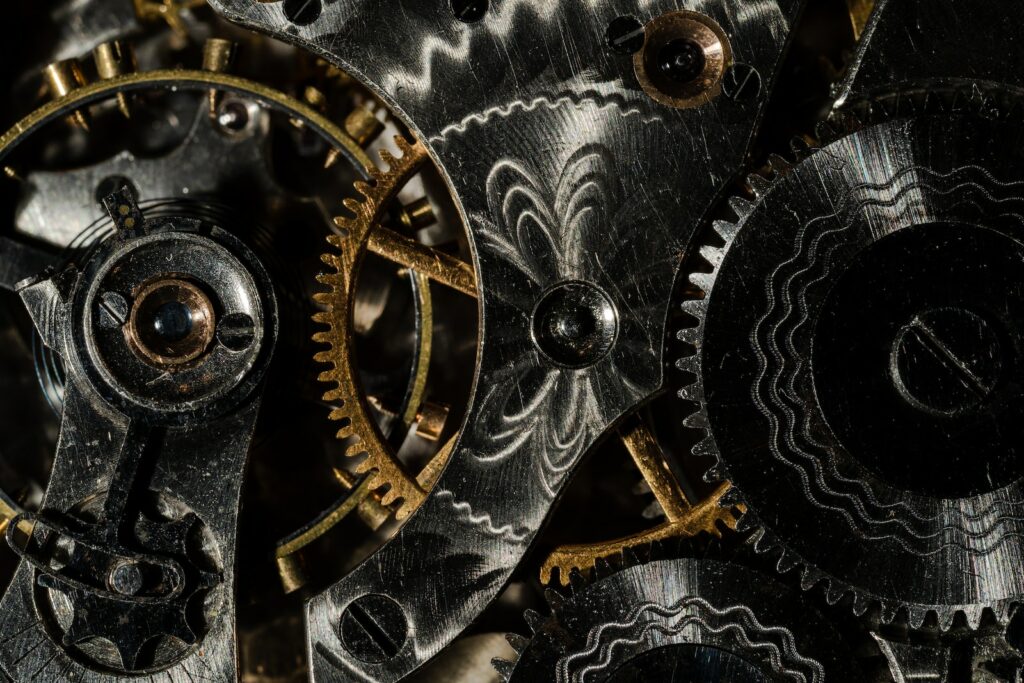Camera issues are no fun, but imagine trying to fix something as far away as the James Webb telescope in space.

We’re sure it’s no easy task but, luckily for us, some of the best minds in the entire world are on it and have now reported a fix for an issue involving “increased friction” detected during a science observation back in September of this year.
NASA first noted the problem in a blog post back then and explained that the telescope’s Mid-Infrared Instrument (MIRI)’s medium-resolution spectroscopy (MRS) demonstrated high levels of friction when selecting between short, medium, and long wavelengths. It was enough of an issue that the team decided to press pause on the telescope’s observations using this mode until a fix could be developed.
That has apparently happened with the telescope resuming operations just in time to capture Saturn’s polar regions before they are not visible to the telescope for the next 20 years, NASA reports. The fix apparently involved an engineering test demonstration that predicted the increased friction on the wheel when selecting between the different wavelength modes in MRS.
A feat of science and engineering, the James Webb telescope was a long time in development but has already shown us amazing glimpses into the universe. We covered the entire thing up until launch and beyond for those of you that might have missed that content and it’s hard to lose that feeling of awe even this many months later.
One aspect of this endeavor that is continually striking is how much detail the telescope shows us. A recent post from NASA discusses how one “image of VV 191 shows additional galaxies deeper and deeper in the background,” further explaining that “Two patchy spirals to the upper left of the elliptical galaxy have similar apparent sizes, but show up in very different colors. One is likely very dusty and the other very far away, but we – or other astronomers – need to obtain data known as spectra to determine which is which.”
You can read that post and see the image here.
Don’t forget to check out some of our other headlines at this link.
[NASA]




